Bio
Mold is one of the worst enemies your home can have. Once growth begins, it can spread and grow on your clothes, furniture, interior surfaces, carpets and sub floors, and many other places.
Hire for Rent provides best mold removal remediation service in USA.
When to Inspect and Test?
Inspections can be preventative or needed when visible mold growth, health concerns and/or water leaks are present. Our certified inspectors have the skills and knowledge to identify any problem areas with a visual inspection and sampling of any potential mold growth. Samples are sent to our laboratory for analysis and a full report will be constructed based on the lab results, visual inspection notes, any recommendations and an estimate for remediation work in areas that have been found to have fungal contamination. Sampling includes Indoor Air Quality (IAQ) as well as surface samples in our basic mold inspection package. Specific sampling can be done based on the situation at hand.
A mold inspection may include the following:
Professional visual inspection of the property or the area(s) of concern
Surface and/or air sampling for laboratory analysis
Other types of sampling (only if needed and approved)
Moisture testing
Leak detection
Infrared thermal imaging
Types of Mold Testing (Sampling)
Surface Sampling: Swab - Sterile swabs are used to collect samples from suspect surfaces. The swab is swiped over the target area and then stored in a buffer solution. After sampling, swabs are packed into an insulated sample chest with ice or frozen gel packs and sent to the laboratory.
Surface Sampling: Tape Lift - Clear Adhesive 3M Brand Cellophane tape is used to obtain a sample from a suspect surface. Samples are then sent to the laboratory for analysis.
Air Sampling - The cassette (spore trap) is used for collecting particles floating in the air. Ambient air is pumped (via a vacuum pump) through the tapered inlet slit of the Air-O-Cell Cassette. The cassette contains a collection media, to which particles from the pumped air attach. The cassettes are sent to an independent laboratory for analysis.
Bulk Sampling - The removal of wall sections or other suspect items in significant portions is known as bulk sampling. Bulk samples are cut away, placed in plastic bags and sealed. They are then packaged into an insulated sample chest with ice or frozen gel packs and sent to an independent laboratory where they are examined for spores and/or cultured as needed. Bulk sampling is used to help identify organisms growing in porous materials. This type of sampling allows for accurate identification of spores. The spores may be quantified and defined as viable or non-viable. Samples may also be cultured to identify fungus types to the species level.
All samples are sent to an independent laboratory where they are analyzed and examined for spores and/or cultured as needed. These types of sampling are non-destructive and allow for spore identification and quantization. The samples can also be cultured so that the organisms can be speciated.